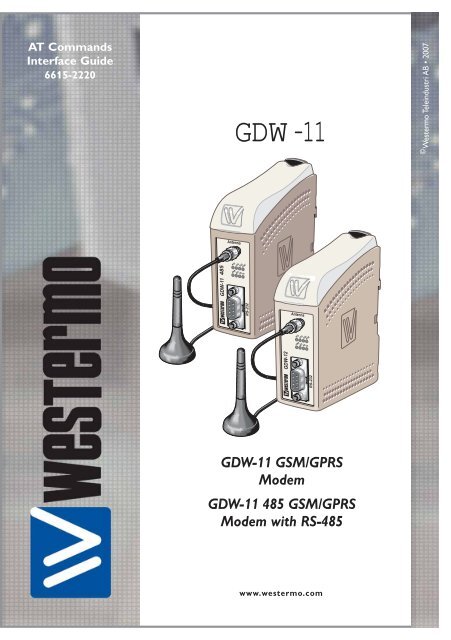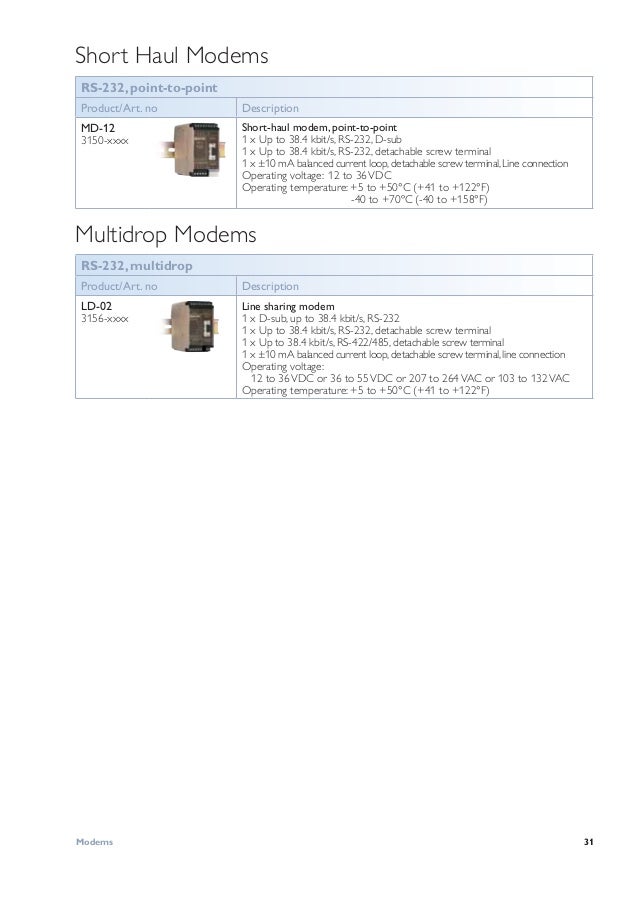The kernel-mode Microsoft Windows Driver Model (WDM) audio components are:
WDMAud System Driver
SysAudio System Driver
If the unit is not working properly, contact the place of purchase, nearest Westermo dis-tributor office or Westermo Tech support. Fibre connectors are supplied with plugs to avoid contamination inside the optical port. As long as no optical fibre is mounted on the connector, e.g. For storage, service or transportation, should the plug be applied. The Westermo range of industrial cellular mobile broadband routers and modems provides resilient remote access and eliminates the need for costly site visits. Whether you’re using a 4G LTE, 3G, GPRS, EDGE, HSDPA or HSUPA connection, we have a wireless solution for you.
KMixer System Driver
Redbook System Driver

SBEmul System Driver
SWMidi System Driver
DMusic System Driver

AEC System Driver
DRMK System Driver
Splitter System Driver Windows 10 disable touchscreen input.
Port Class Adapter Driver and PortCls System Driver
USB Audio Class System Driver (Usbaudio.sys)
AVCAudio Class System Driver
WDMAud System Driver
The kernel-mode WDMAud system driver (Wdmaud.sys) is paired with the user-mode WDMAud system driver (Wdmaud.drv). The pair of WDMAud drivers translate between user-mode Microsoft Windows multimedia system calls and kernel-streaming I/O requests. WDMAud performs I/O for the following APIs: waveIn, waveOut, midiIn, midiOut, mixer, and aux (described in the Microsoft Windows SDK documentation). The kernel-mode WDMAud driver is a kernel streaming (KS) filter and a client of the SysAudio system driver.
SysAudio System Driver
The SysAudio system driver (Sysaudio.sys) builds the filter graphs that render and capture audio content. The SysAudio driver represents audio filter graphs as virtual audio devices and registers each virtual audio device as an instance of a KSCATEGORY_AUDIO_DEVICE device interface. (Adapter drivers should not register themselves in this category, which is reserved exclusively for SysAudio.) For example, a virtual MIDI device might represent a filter graph that is created by connecting the SWMidi driver, the KMixer driver, and a port/miniport driver. The client communicates only with the virtual audio device rather than with the individual devices that make up the virtual audio device. Transparent to the client, the SysAudio driver configures all the KS filters in the filter graph that are connected together to form the virtual audio device. The following audio stream sources use the graphs that SysAudio builds:
DirectSound (See Microsoft Windows SDK documentation.)
Windows multimedia APIs waveIn, waveOut, midiIn, midiOut, mixer, and aux (See Windows SDK documentation.)
Redbook CD digital audio (See Redbook System Driver.)
Sound Blaster emulator (See SBEmul System Driver.)
Kernel-mode software synthesizers (See SWMidi System Driver and DMusic System Driver.)
DRMK System Driver
KMixer System Driver
The KMixer system driver (Kmixer.sys) is the KS filter that does the following:
Mixing of multiple PCM audio streams
High-quality format conversion
Bit-depth conversion
Speaker configuration and channel mapping
In addition to simple 8- and 16-bit, mono and stereo data formats, the KMixer driver supports:
PCM and IEEE floating-point data
Bit depths greater than 16 bits, and multichannel formats with more than two channels
Head-related transfer function (HRTF) 3-D processing
For information about the volume ranges and the default volume levels in the various versions of Windows, see Default Audio Volume Settings.

Redbook System Driver
The Redbook system driver (Redbook.sys) is the KS filter that manages the rendering of CD digital audio. The Redbook driver is a client of the SysAudio system driver. The system routes CD digital audio through the file system to the Redbook driver and then to the SysAudio driver. The CD digital audio is rendered on the preferred wave output device (as set in the Multimedia property pages in Control Panel).
SBEmul System Driver
The SBEmul system driver (Sbemul.sys) provides Sound Blaster emulation for MS-DOS applications. The SBEmul driver is a client of the SysAudio system driver. To render and capture content, the SysAudio driver uses the preferred wave and MIDI devices (as set in the Multimedia property pages in Control Panel).
Sound Blaster emulation is supported only in Windows 98/Me.

SWMidi System Driver
The SWMidi system driver (Swmidi.sys) is the KS filter that provides software-emulated General MIDI (GM) and high-quality Roland GS wavetable synthesis. A midiOutXxx application uses SWMidi when a hardware synthesizer is unavailable. The SWMidi filter receives as input a time-stamped MIDI stream from the WDMAud system driver and outputs a PCM wave stream to the KMixer system driver. SWMidi mixes all of its voices internally to form a single two-channel output stream with a PCM wave format.
DMusic System Driver
The DMusic system driver (Dmusic.sys) is the KS filter that supports software-emulated, high-quality, downloadable sound (DLS) synthesis. The DMusic driver is a system-supplied port class miniport driver. It exposes a single DirectMusic pin, which supports a DirectMusic stream data range. The DMusic filter receives as input a time-stamped MIDI stream from the DirectMusic system component and outputs a PCM wave stream to the KMixer system driver. The DMusic driver mixes all of its voices internally to form a single two-channel output stream with a PCM wave format. A DirectMusic application must explicitly select the kernel-mode software synth, Dmusic.sys, to use it in place of DirectMusic's default, user-mode synth.
AEC System Driver
The AEC system driver (Aec.sys) supports full-duplex DirectSound applications by implementing AEC (acoustic echo cancellation) and noise-suppression algorithms in software. For more information, see DirectSound Capture Effects.
DRMK System Driver
The DRMK system driver (Drmk.sys) is the KS filter that decrypts audio streams containing DRM-protected content. For more information, see Digital Rights Management.
Splitter System Driver
The Splitter system driver (Splitter.sys) is the KS filter that creates two or more output streams from a single input capture stream. The Splitter driver transparently copies the input stream to two more output streams independently of the format of the input stream.
Download woehler port devices driver. The Splitter driver is supported by Windows Me, and Microsoft Windows XP and later. For more information, see AVStream Splitters.
Westermo Teleindustri Ab Modems Driver Download For Windows 10 32-bit
Port Class Adapter Driver and PortCls System Driver
A port class adapter driver uses the port/miniport driver architecture to support an audio device. The PortCls driver includes built-in driver support for ISA and PCI audio devices. Although the PortCls system driver (Portcls.sys) also provides the framework for vendor-supplied port class adapter drivers, Microsoft recommends that vendors use a system-supplied port class adapter driver to support ISA and PCI audio devices. The PortCls framework might also be useful for constructing drivers for audio devices on other hardware buses or for software-only devices. For more information, see Introduction to Port Class.
USB Audio Class System Driver (Usbaudio.sys)
Westermo Teleindustri Ab Modems Driver Download For Windows 10 Windows 7
The USBAudio class system driver (Usbaudio.sys) provides driver support for USB Audio devices that comply with the Universal Serial Bus Device Class Definition for Audio Devices. For more information about this class system driver, see USB Audio Class System Driver (Usbaudio.sys).
AVCAudio Class System Driver
The AVCAudio class system driver (Avcaudio.sys) is an AVStream minidriver that provides driver support for audio devices that reside on an IEEE 1394 bus. The AVCAudio driver and associated support for IEEE 1394 audio devices are available in Windows XP and later.
To work with the system-supplied drivers, hardware vendors should design their audio devices to comply with the appropriate sections of the following specifications:
IEC 61883-1 and IEC 61883-6 (IEC 60958)
AV/C Digital Interface Command Set General Specification Ver. 3.0
AV/C Audio Subunit Specification 1.0
Connection and Compatibility Management Specification 1.0
AV/C Media Stream Format Information and Negotiation
Updates to the AV/C Audio Subunit Specifications currently in process
These specifications are available at the 1394 Trade Association website. The AVCAudio driver supports a subset of the features that are described in these specifications.
When an audio device identifies itself as an IEEE 1394-compliant audio device during Plug and Play device enumeration, the system automatically loads the AVCAudio driver to drive the device. AVCAudio drives the device directly, without the aid of a proprietary adapter driver. This means that a device that complies with the appropriate IEEE 1394 specifications requires no proprietary adapter driver.
Microsoft recommends that hardware vendors use the AVCAudio driver for their IEEE 1394 audio devices instead of writing proprietary adapter drivers.

The following figure shows the driver hierarchy for an IEEE 1394 audio device in Windows XP. In Windows XP and later, all of the driver components shown in this figure are provided by Microsoft with the operating system.
For more information about the driver components in the figure, see the following sections:
Westermo Teleindustri Ab Modems Driver Download For Windows 10 Xp
Westermo Teleindustri Ab Modems Driver Download For Windows 10 64-bit
I was chatting with a new member to the forum this morning about resetting a numeric display value on his HMI.
Seemed easy enough he had a PanelView and was using a AB PLC.
But then he said he is using Kepware as a go between from the PLC to the HMI.
See thread here. http://www.plctalk.net/qanda/showthread.php?t=92948
This got me wondering --- Why would you need or want to use another 3rd party software to go between these two devices.
I have no real working need to know or understand this at the moment but was just curious.
If anyone can shed some light on this I would be most interested.
Have a good one.
BCS
